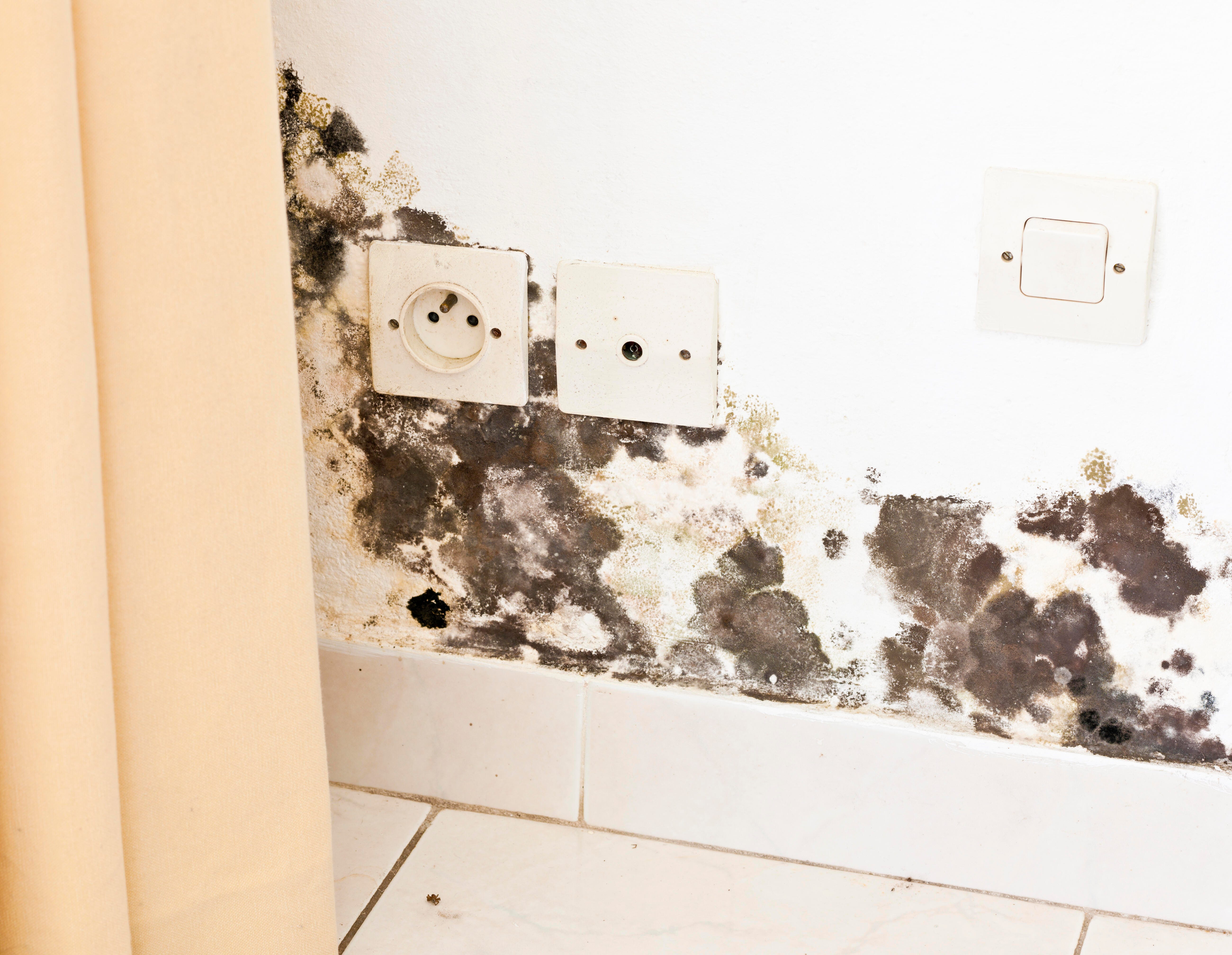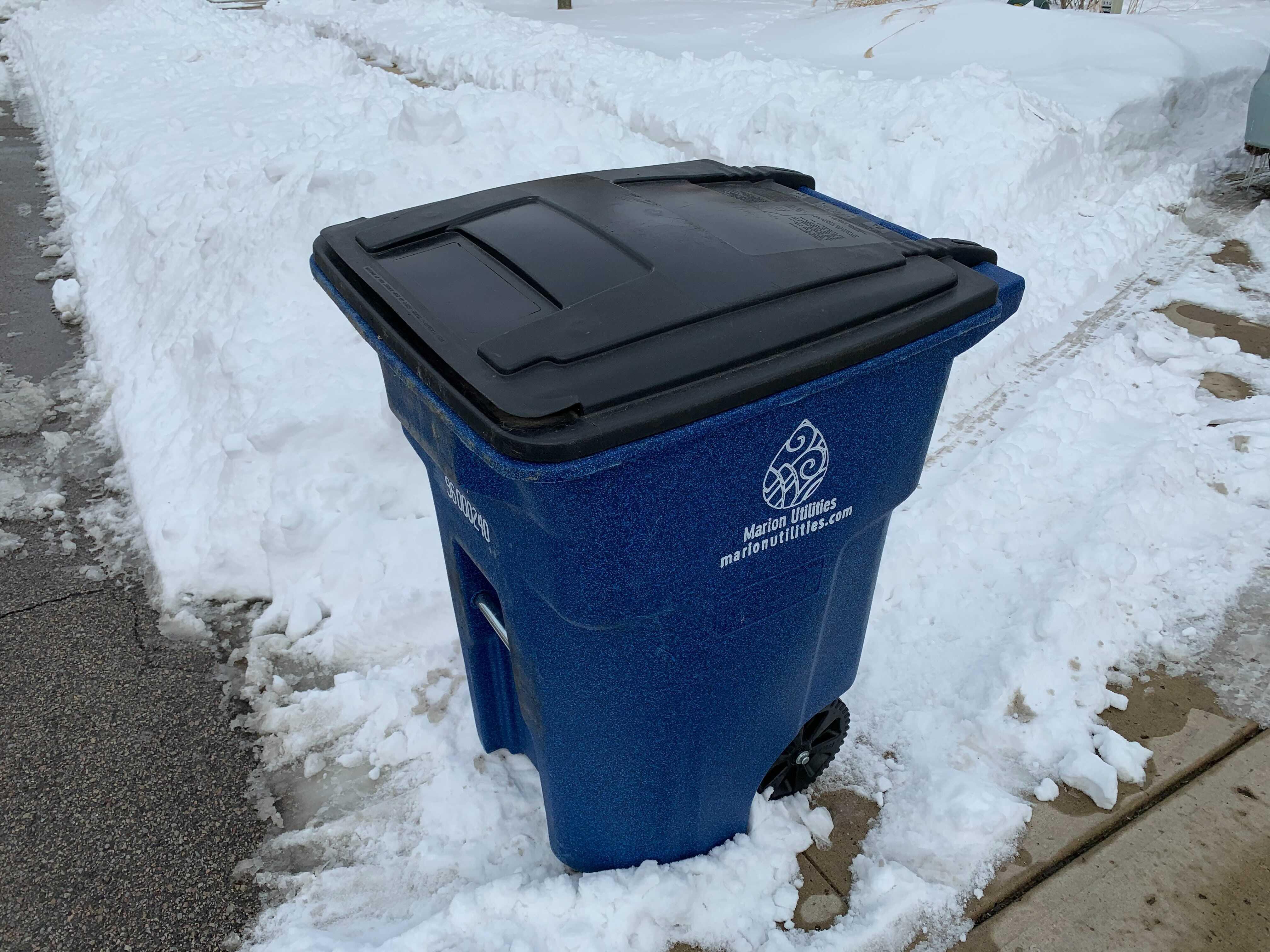
Ekspansio/Getty Images
Your nose might give you the first signal black mold is present, especially since the fungus grows in hard-to-spot areas. A musty odor could be an early indicator of black mold, and if you or someone in your home has an onset of sudden respiratory problems, its growth could be even more serious. Sneezing, coughing, burning throat, headaches, disorientation and watery eyes are common signs of mold exposure. Moreover, if someone has more severe respiratory problems like asthma, it could lead to shortness of breath or fever.
None of these signs guarantee the presence of black mold, but if the fungus goes unaddressed, it could definitely lead to some serious health issues.
Get more out of your tech
Learn smart gadget and internet tips and tricks with CNET’s How To newsletter.
It’s vital to find the source of mold growth and remove it quickly before it causes more damage to your home and health. In some cases, you might be able to do this on your own. In more serious instances, you should enlist the help of the pros.
This guide will help you find any black mold in your house and learn how to remove it.
Step 1: Locate mold
Mold grows in dark, humid environments, so the first places you should check are under sinks, in basements, in interior corners of the wall, near any exposed plumbing elements and around your water heater. Use a flashlight when inspecting to make it easier to locate the problem.

A flashlight is important for locating mold, since it often develops in dark, dank spots.
David Priest/CNET
Along with musty odors, mold creates discoloration. Black mold can take the shape of spots or patches. It is often slimy in appearance and will be blackish, green or dark gray.
If you find mold, you can use mold detectors to determine what kind of mold it is. Affordable detectors won’t replace a professional inspection, but they’re a much cheaper starting point. When using a mold detector, be sure to put on a surgical mask to reduce the risk of respiratory problems.
However, if you have trouble seeing anything, even with a flashlight, there are alternatives. You could run a moisture meter over your walls, as it determines saturation levels. A meter that reads higher than 17% indicates mold growth or other issues are present that need immediate attention.
Step 2: Determine the course of action
Chances are if you have been smelling mold in your home or having sudden respiratory problems and you discover mold, the mold has been growing for some time. If the growth isn’t widespread, meaning it does not encompass a whole wall, you could try first to remove the problem on your own. If it’s more extensive, skip down to step 8 on tips for hiring a pro.
Step 3: Gather supplies
To start, you’ll need the right tools for the job. Along with a face mask, have on hand airtight goggles, rubber gloves that extend elbow-length, a spray bottle, a scrubbing brush, disposable coveralls to keep your clothes from absorbing and spreading mold, paper towels and a trash bag.

Make sure to wear a mask when you’re dealing with mold, to avoid inhaling spores.
Sarah Tew/CNET
Step 4: Create a cleaning solution
Once you have your supplies, you’ll need to create a cleaning solution. Home improvement expert Bob Vila recommends doing a mix of tea tree oil sourced from Melaleuca Alternifolia and grapefruit extract. Each is nontoxic and works well to eradicate the mold and help your room smell fresh again. If you do not have access to these, you can use bleach, a vinegar and baking soda solution, or mold remover.
Next, put on your gloves, mask and goggles. Ensure your goggles are tight and flush against your face, since mold exposure to your eyes could cause permanent damage.
To create the cleaning cocktail, mix the contents, then allow them to set for a few minutes. If you use essential oils, you will want to add one teaspoon per oil for one cup of water. For a baking soda and distilled vinegar cleaning solution, apply one part baking soda with five parts of water and vinegar. While applying the cleaner, you should also continue to shake the bottle so the solution continues to mix.
Step 5: Prepare the area
Before beginning, you should turn off your heater or air conditioner, as it reduces mold from becoming airborne and spreading. You can also use a tarp to seal off entry points to other areas of your home to reduce the risk of mold spreading.
Take the spray and apply it liberally to the area with mold growth. Be sure the section is well saturated, then let the solution go to work for at least five minutes.
Step 6: Remove the black mold
After having the solution absorb the area, take a sponge or bristle brush to scrub the area affected. If you have difficulty removing the mold, you can apply the solution and clean again.
After scrubbing, apply the solution one more time, allowing the area to air dry. Doing this gives the cleaner time to remove any mold remaining while deodorizing the room.
Step 7: Dispose of items securely
Once you complete the job, place the gloves, goggles, mask, tarps and anything else involved into an airtight plastic bag. This prevents mold spores from becoming airborne as you move through your home. Next, throw everything in the trash bag. Take the trash bag outside, then discard it. Go back in and wash your arms, hands and clothes thoroughly.

Make sure to safely dispose of your cleaning materials after finishing your work.
David Priest/CNET
Step 8: Hire a professional
You may find that you need a professional to remove black mold due to its extensive growth — or if you suffer from respiratory problems, as you shouldn’t try to clean mold if you have severe allergies or asthma.
The benefit to hiring pros is they can quickly diagnose and determine the next steps. Before hiring one, however, it’s vital that you do your homework.
First, find several in your area, then research their reputations. You can use the Better Business Bureau, which assigns grades from A to F, in part due to their ability to resolve customer complaints.
You could also read Google reviews, which might give you a clearer picture of customers’ experiences with that company. Look for patterns with companies like showing up late, not following through on promised service and other red flags.
Once you find a firm you want, they’ll need to inspect your home. After doing so, they will outline a plan to remove the mold. Make sure to receive everything, including a quote in writing, before they start. The more reputable companies will be happy to take the time to set expectations up front so you feel comfortable with their services.
Ultimately, removing black mold will reduce the damage done to your home and reduce health risks associated with living there. Once you remove black mold, you can keep your air cleaner by purchasing an air purifier. These systems work by removing pollen, pollutants and pet dander so you can breathe easier.
In the future, you can also help reduce the growth of mold in other parts of your home with these guides:
- Here’s how to prevent mold from growing in your washer and how to kill it if you have it
- Ellumi’s LES use light to kill household germs and mold
Stop what you’re doing and clean your moldy dehumidifier. Here’s how
See all photos

